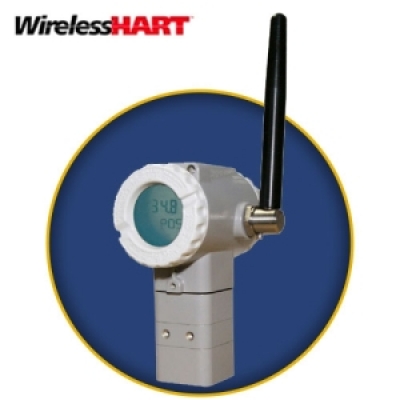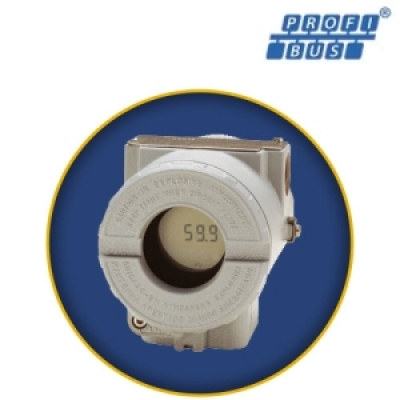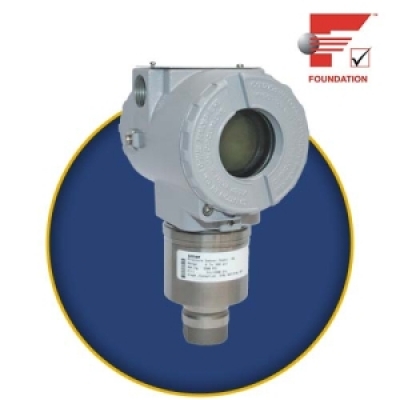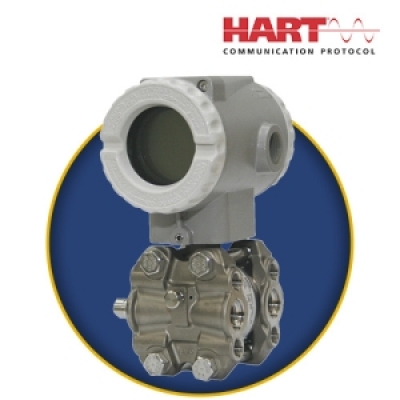SMAR's Guided Wave Level Transmitter, RD500, uses technology based on the Time Domain Reflectometry (TDR) principle, widely used for measuring the dielectric constant of liquids, detecting cracks in large structures in civil construction, measuring the concentration of solutions and soil moisture in agriculture and, among other applications, for direct measurement of levels in industrial processes.
Through a radiofrequency generator located inside the equipment, pulses are emitted through a probe in contact with the process whose level is to be measured.
When the waves enter a medium with a different dielectric constant, they return through the probe due to the change in the impedance of this medium. This parameter is directly related to the dielectric constant of the process and is therefore a decisive factor in the quality of the wave reflection.
With dedicated software, the RD500 - Guided Wave Level Transmitter continuously calculates the reflection time of the waves, given the geometric conditions of the application (such as the shape of the tank and areas where the probe is used).
Features
- Based on Time Domain Reflectometry (TDR) principle;
- Not affected by density and/or temperature variations;
- Not affected by viscosity, gravity, steam or gases over the process;
- Easy to install and maintain;
- ±5 mm accuracy;
- Excellent repetibility and resolution;
- Remote configuration via local adjustment or remote configuration tool;
- Volume calculation for irregular tanks.
Probes
Guided Wave Radar Transmitter
* Probes for measurements above 14m (up to 30m) are avaliable consult only.
The RD500 uses probes as coaxial, single flexible, single rigid and dual rigid, allowing larger flexibility to the user depending on the application characteristics.
- Single Rod: for measurement range up to 8 m in process with high dielectric constant (strong water presence, for example); installation in communicating vessel; polished food installations and with tri-clamp connection.
- Dual Rod: for measurement range up to 8 m in process where the dielectric constant is relatively low, as products with little water presence (example:grains constantly humid).
- Single Cable: for measurement range up to 3 m until 14 m in process with high dielectric constant (strong water presence, for example) and turbulence situations which demand more flexibility and mechanical efforts of the probe.
- Coaxial: for measurement range up to 6 m in liquids process with dielectric constant very low (see Table from page 7), vapour, surface with high turbulence and presence of bubbles and foam.























